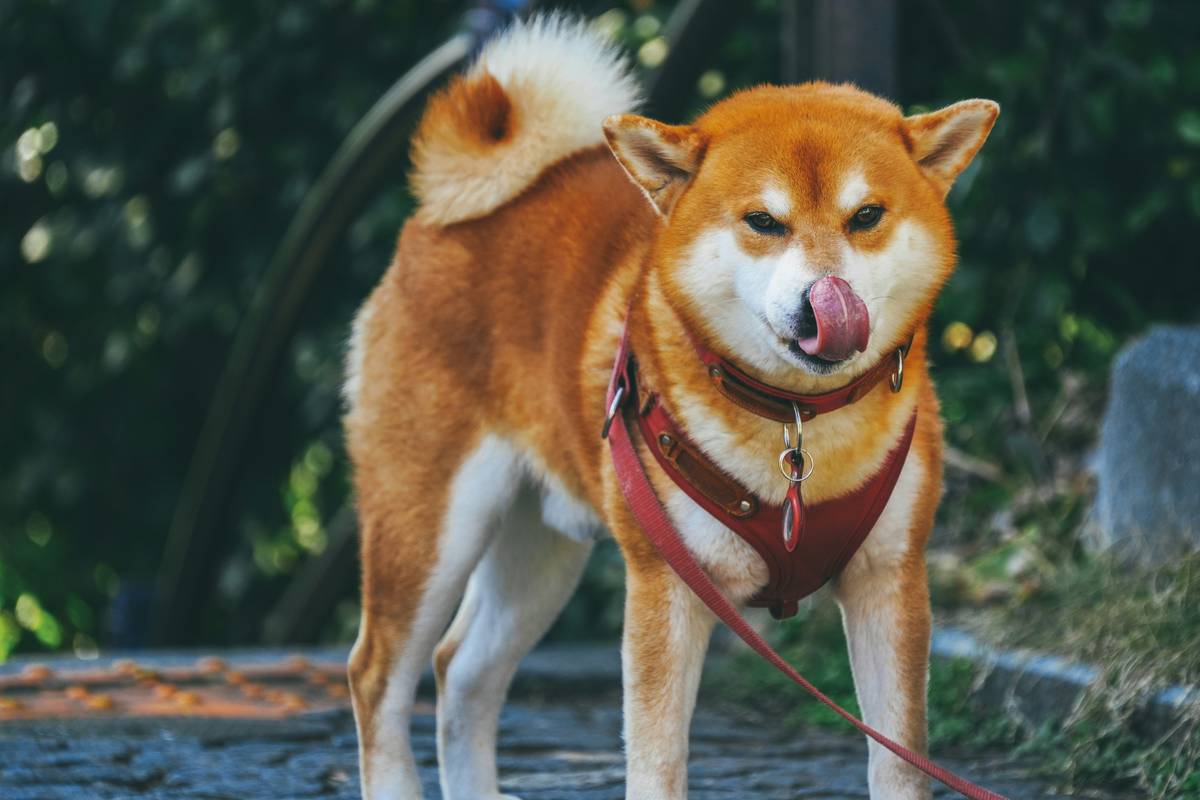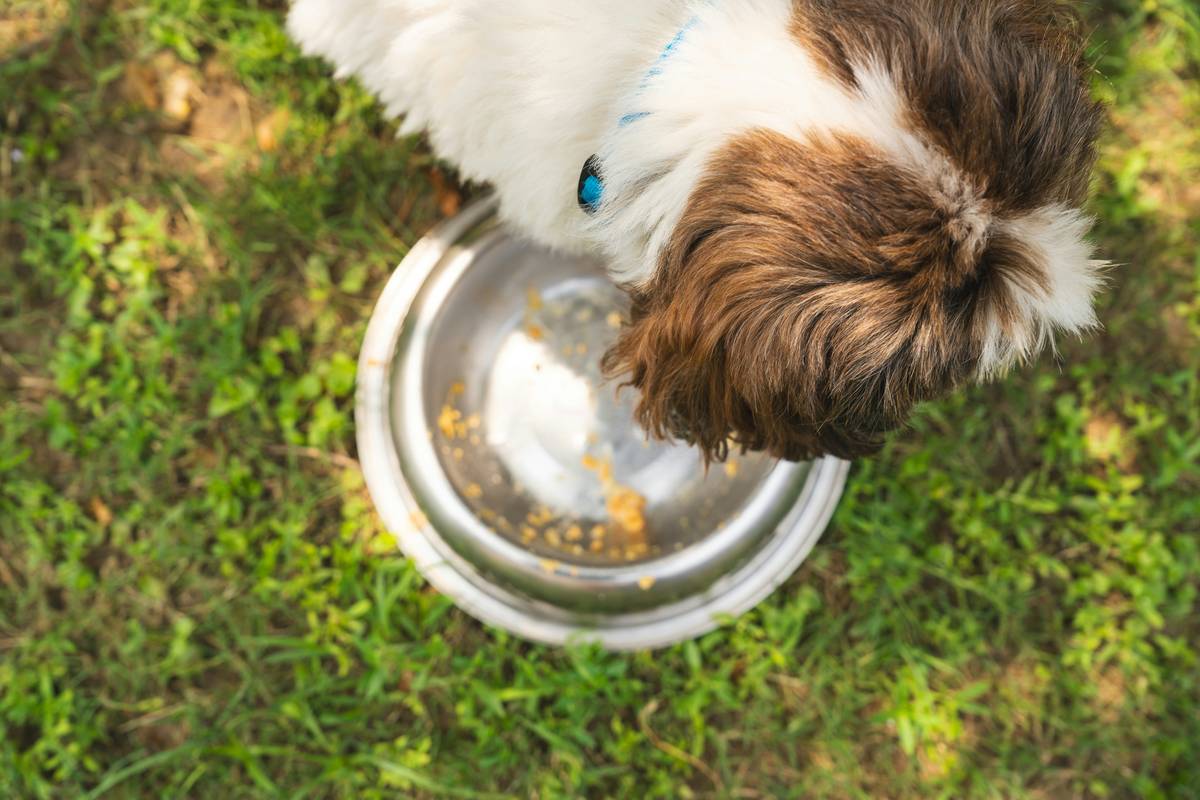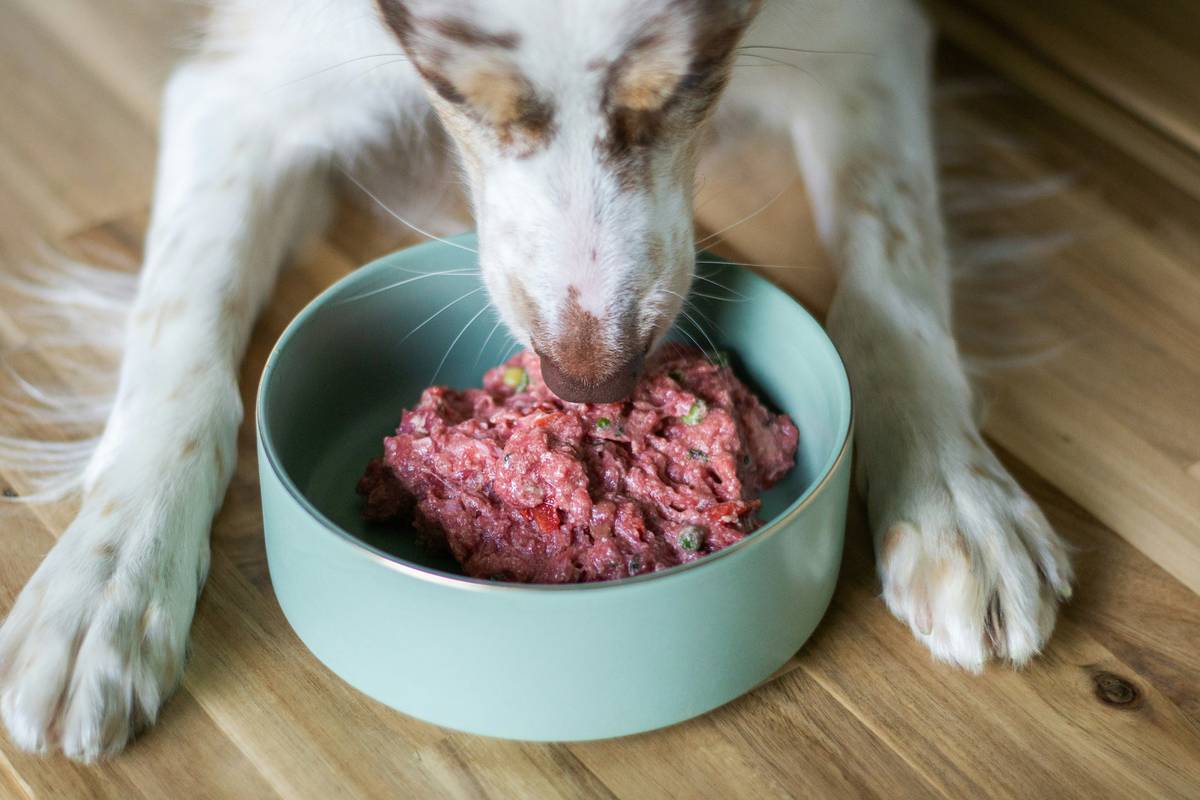Ever wondered why your hunting dog seems to hit a wall halfway through the day? You’re not alone. Many pet owners struggle to keep their high-energy companions fueled and focused during intense activities like hunting, tracking, or long hikes. What if I told you that the secret lies in a specialized dog endurance diet? Let’s dive into how you can supercharge your pup’s performance.
In this blog post, you’ll learn:
- Why commercial food might be failing your hunting dog.
- A step-by-step guide to creating a nutrient-packed endurance diet.
- Tailored tips for feeding schedules, portion control, and supplementation.
- Real-life success stories from other hunting dog owners.
Table of Contents
- Introduction: The Importance of a Dog Endurance Diet
- Key Takeaways
- The Problem with Generic Dog Food
- Step-by-Step Guide to Building a Dog Endurance Diet
- Best Practices for Feeding Your Hunting Dog
- Success Stories: Real Results from Real Owners
- FAQs About Dog Endurance Diets
- Conclusion
Key Takeaways
- A dog endurance diet is essential for maintaining energy levels in highly active breeds.
- Customizing meals with protein-rich ingredients can significantly boost stamina.
- Hydration, timing, and supplements play crucial roles in optimizing performance.
The Problem with Generic Dog Food
I’ll admit it—I once fed my chocolate lab leftover kibble meant for couch-loving lap dogs. Spoiler alert: It didn’t go well. After just one exhausting hunting trip, he was dragging his paws, refusing to chase after ducks, and looking at me like I’d betrayed him. Turns out, standard grocery store brands often lack the nutrients required for sustained physical activity.
Hunting dogs need more than the usual blend of carbs and filler proteins; they require a calorie-dense diet packed with quality fats, complex carbohydrates, and bioavailable proteins. Without these, even the best-trained canine athletes will fizzle faster than your morning coffee buzz.

Figure 1: A side-by-side comparison of generic versus specialized food highlights the nutritional gap.
Step-by-Step Guide to Building a Dog Endurance Diet
Optimist You: *”This won’t take too long!”*
Grumpy You: *”Ugh, fine—but only if snacks are involved for both me *and* the dog.”*
Step 1: Identify Nutritional Needs
Start by understanding what fuels endurance. For hunting dogs, key macronutrients include:
- Protein (25-30%): Supports muscle recovery and growth.
- Fats (15-20%): Provides slow-burning energy.
- Carbs (40-50%): Quick fuel for short bursts of energy.
Step 2: Choose High-Quality Ingredients
Ditch the mystery meat. Opt for:
- Chicken, beef, or venison as primary protein sources.
- Brown rice, sweet potatoes, or quinoa for carbs.
- Fish oil, flaxseed, or coconut oil for healthy fats.
Step 3: Add Supplements
Glucosamine, chondroitin, and omega-3 fatty acids are chef’s kiss for joint health and inflammation reduction. Just don’t overdo it—consult a vet before adding anything new to your dog’s bowl.
Best Practices for Feeding Your Hunting Dog
- Timing Matters: Feed smaller portions about 2-3 hours before exercise to avoid digestive upset.
- Hydration Is Key: Always carry water. Dogs burn through fluids faster than you think.
- Portion Control: Active dogs need 20-40% more calories daily, so adjust accordingly.
(Terrible Tip Alert!) Whatever you do, don’t use table scraps as substitutes—or you’ll end up with an overweight, underperforming pooch.

Figure 2: An infographic illustrating ideal feeding times and portion sizes for maximum endurance.
Success Stories: Real Results from Real Owners
Meet Sarah and her Brittany Spaniel, Max. Before switching to a tailored dog endurance diet, Max would tire out after two hours of fieldwork. Post-diet change? He now powers through six-hour hunts without missing a beat.
“It sounds dramatic,” Sarah says, “but switching to homemade meals with added fish oil literally changed our lives. Now, weekends aren’t ruined by post-hunt lethargy.”
FAQs About Dog Endurance Diets
Q: Can I make homemade dog food part of my dog’s endurance diet?
Absolutely! Homemade options let you control every ingredient, ensuring top-notch nutrition tailored to your dog’s needs.
Q: How much should I feed my hunting dog?
Depends on size, breed, and activity level. On average, working dogs need around 1.5x their resting caloric intake during peak seasons.
Q: Are there any foods I should avoid?
Yes! Avoid toxic items like chocolate, onions, garlic, grapes, raisins, and anything heavily processed or sugary.
Conclusion
A carefully crafted dog endurance diet isn’t just about keeping your hunting partner energized—it’s about fostering a healthier, happier life overall. By identifying specific nutritional needs, choosing high-quality ingredients, and adhering to smart feeding practices, you’re setting your four-legged athlete up for long-term success.
So grab that recipe book, stock up on wholesome ingredients, and get ready to watch your pup thrive!
P.S. If all else fails, remember—like the infamous virtual pet craze of the early 2000s, caring for your furry friend requires constant attention:
Tamagotchis taught us patience;
Hunting dogs teach us perseverance.
Both remind us we’re doing okay.


